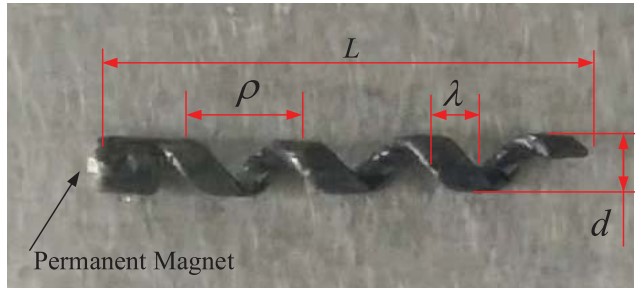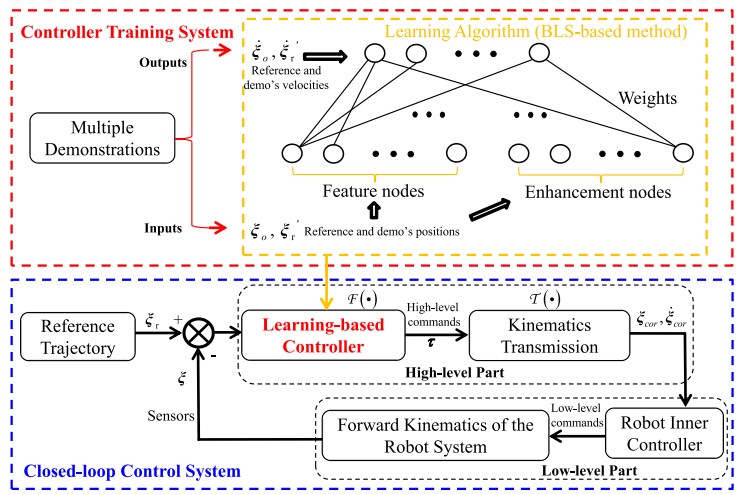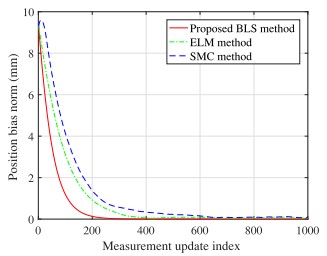Accurate and Flexible: New Microrobotic Trajectory Tracking Method Using Broad Learning System
Date:19-11-2021 | 【Print】 【close】
The magnetic microrobot with miniature size and the ability for swimming in the liquid with low Reynolds number has great application potential in targeted therapy since it can move in a narrow environment flexibly.
However, due to the impacts of the nonlinearity and diversity of the desired complex trajectories, it is a challenge to guarantee the microrobot tracking accuracy without frequent controller adjustment.
In order to deal with the above problems, the research team led by XU Sheng and XU Tiantian from Shenzhen Institute of Advanced Technology Chinese Academy (SIAT) develop a new microrobot control method.
The study has published in IEEE Transactions on Cybernetics on Nov. 1.
Compared with the traditional deep learning method, the broad learning system (BLS), which was first proposed in 2017, could achieve satisfactory accuracy and meanwhile has a flexible and simple structure. Besides, the team can increase the nodes when some new data is required and the original nodes’ parameters do not need to change. In summary, the BLS method is appropriate for microrobotic trajectory tracking applications.

Fig. 1 Miniature magnetic helical microrobot (Image by SIAT)
Firstly, the team developed a learning-based microrobot servo control algorithm using the broad learning system (BLS) method. Secondly, the Lyapunov theory is skillfully combined with the complex learning algorithm to derive the controller parameters’ constraints. Thirdly, a BLS-based controller training algorithm is developed, which uses multiple desired tracking trajectories as demonstrations. And finally, they obtained the controller parameters by the training algorithm.

Fig. 2 Proposed BLS-based servo control system: BLS-based training system and microrobot control system. (Image by SIAT)
According to the simulation and experimental results, this BLS-based method has a fast training speed, which can reach around 6 seconds only. The trained BLS-based controller can track the trajectories with different shapes and velocities, and it does not need any parameter re-adjustment, because of its strong ability of generalization. The tracking accuracy is better than the sliding mode and extreme learning machine methods developed by the same research team in the previous studies. Furthermore, since the BLS method is applied, the number of nodes can be flexible adjusted when new demonstrations are required, and thus the control performance can be improved.
This research not only developed a novel trajectory tracking control algorithm for microrobot system but also provided a new idea of combining the learning-based methods with the microrobot control technique. In the future, the BLS method will be further explored for different kinds of microrobot applications.



Fig. 3 Results of tracking “S” and “Z” desired trajectories: the actual trajectories and the real-time position errors. (Image by SIAT)
Media Contact:
ZHANG Xiaomin
Email:xm.zhang@siat.ac.cn